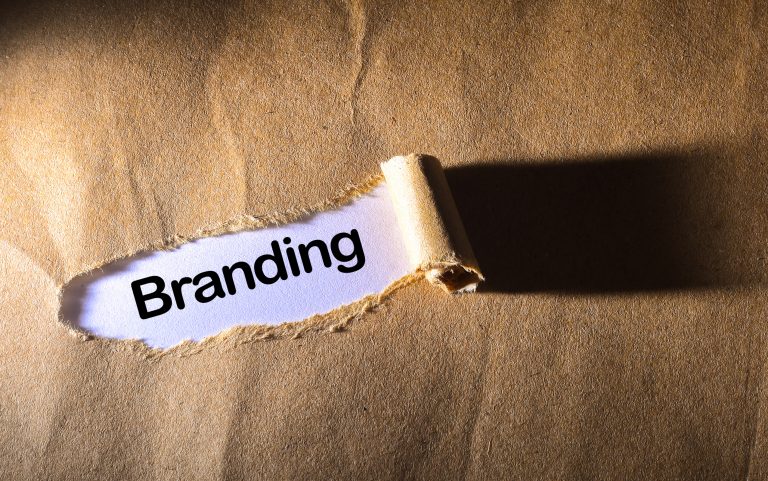19 Aug Brand Identity: Five Simple Tricks Every Business Needs to Learn
You hear it ever so often: create a good brand identity and everything else will come easy for your business. Maybe it is true because a lot of big-name brands have proven it over the years. One of the best examples is Nike’s “Just Do It” campaign that started in 1988 and propelled the brand into the icon that it is today.
Within 10 years, Nike sales reached $2 billion and it continues to be identified by this core message 30 years since it was first launched.
But more than the money, Nike is now the go-to brand for anyone who loves sports because it was able to build its brand around the value that its products can help with athletic performance, offer comfort and easily make dreams come true.
In an era where thousands—if not millions—of businesses are trying to get recognised by consumers, building a good brand identity is becoming an important investment not only for sales but more for longevity.
But the question is: how exactly do you create a good brand identity for your business? Here are five simple tricks to get you started:
1. Find your unique value as a business
To begin creating a good brand identity, you need to ask yourself the question: what sets you apart from other businesses? You could be selling the same product as hundreds of other businesses, but you can set yourself apart from them with your unique value as a business.
What prompted you to start your business? What are your core values? How would you like your customers to talk about your business? What makes you better than the competition? Answer these questions to come up with a unique value that will form a good foundation for you to build a good brand identity.
2. Find out what makes the competition click
A lot of successful businesses study what their competition is doing right and get inspiration from that. Research matters a lot when you’re building your brand identity and you can use the information that you have against the competition to create a strategy that’s uniquely your own.
It’s also important to spend time researching about your target audience, the very people you’re trying to please. This will allow you to create branding initiatives that are catered to the demographic that you’re trying to reach.
Most big-ticket brands also do a SWOT analysis to help them determine the exact characteristics and message that they want their brand to portray.
SWOT stands for Strengths or your strongest points as a business, Weaknesses or the traits that you think are putting your business at a disadvantage, Opportunities or the trends in the industry that allow you to grow your business and Threats or natural elements within your environment or industry that could cause problems for your brand.
3. Create a good logo
If your brand identity tells your story, personality and values, your logo has to be the face of your business.
What comes first to mind when you hear the name Coca-Cola? For sure, it would be that iconic red logo that signifies confidence with the name Coca-Cola using a script typeface that symbolises enjoyment.
A lot of businesses make the mistake of creating a logo that’s trendy, hip and fun. While there’s nothing wrong with making your logo cool and fun, you also need to relate it to your core message.
When choosing a design, make sure that it could be easily identifiable to your brand, what you’re selling and what your values are. It’s also very important to think about how your logo would look like on your product, packaging, website and other marketing materials, and if it would retain its identity if it was made smaller or bigger.
Once you have a logo, make sure to use it consistently on all of your platforms so consumers can easily identify and remember you no matter where you’re advertising.
4. Invest in good imagery
Several studies have proven that more consumers love to consume and process images more than simple text. After all, it’s easier to look at photos than read through long paragraphs of plain text.




With this in mind, you can take advantage of visual elements as part of your branding strategy. For one, you need to choose a single colour to represent your brand and build your colour palette around that.
This prevents confusion and makes your brand more cohesive and professional-looking.
You should also limit the number of fonts that you use to three. If you look at successful brands like Apple, Coca-Cola and Nike, they use a single font that gives them that distinction over their competitors.
In fact, those fonts are already so identifiable with their brand that even if they use a different colour scheme or material, people would still recognise them.
5. Leverage technology
Once you already have a good foundation for your brand identity, you have to leverage technology to connect to your audience more and be recognised by those who don’t know anything about you yet.
You can do this by embracing strategies like search engine optimisation, content marketing, website development, email marketing, paid advertising and social media marketing.
One of the best things about doing branding today is that you already have a wider horizon to work with and you don’t need a huge budget to spread the message of your brand.
The bottom line
Jeff Bezos, the richest man in the world and the founder of Amazon once said: “Your brand is what other people say about you when you’re not in the room.” Simply put, your brand is who you are and what you have, so you’d want people to say good things about you even when you’re not around.
Building a good brand identity allows you to really leverage your business by making you more recognised in the market, helping you build a strong client base and letting you enjoy the rewards of your business.
Resources:
https://freshsparks.com/successful-brand-building-process/
https://blog.hubspot.com/agency/develop-brand-identity
Photo by Patrik Michalicka on Unsplash

